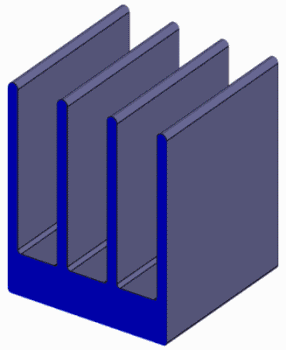-
- Actuators
- Coil Design
- Electromagnetic Brakes & Clutches
- Inductors
- Levitators
- MRI
- Motors
- Alternators and Generators
- Electromagnetic Brakes and Clutches
- Sensors
- Loudspeakers
- Magnetic Encoding
- Relays and Contactors
- Solenoids
- Shielding
- Electromagnets
- Magnetic Bearings
- Magnetic Signatures
- Magnetic Fixtures
- Magnets
- Non Destructive Testing
- Particles
-
- Antenna Radiation Characteristics
- Simulation of an Airplane
- EM Simulation of a Desktop
- EM Compatability and EM Interference
- Cable Junctions and Terminations
- Filters
- Lightning Strikes
- Microwave Circuits
- Microwave Ovens
- MRI
- Near Field Analysis
- Radar Cross Sections
- Radio Frequency Cavities
- Reflector Antennas
- Sensors
- Ultra Wideband Antennas
- Waveguides
- Antennas
Solenoids
Solenoids are typically DC magnetic fields and rotational symmetric geometry, and are thus well suited to our CAE software MAGNETO™ for magnetic analysis. For cases with significant non-rotational symmetric effects, AMPERES™ should be used instead as simulation software.
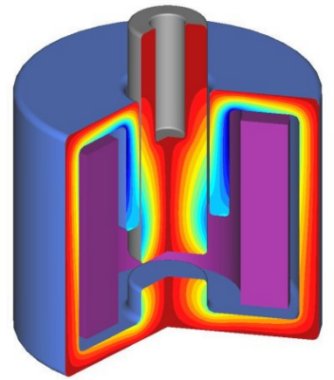
If there are significant transient effects (e.g. due to motion of the plunger), then the simulation software to use are OERSTED™ (2D) and FARADAY™ (3D).
To model electric problems (e.g. potential for breakdown around the coils), then the simulation software to use are ELECTRO™ (2D) and COULOMB™ (3D).
For thermal simulation (e.g. finding hot spots), then the programs to use are KELVIN™ (2D/RS) and CELSIUS™ (3D).
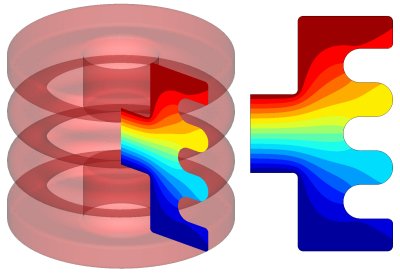
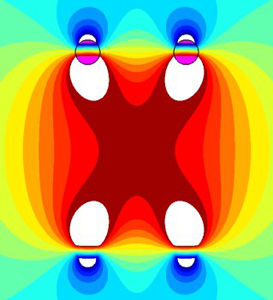
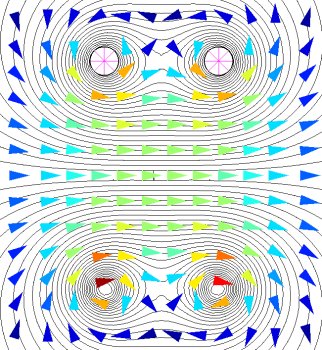
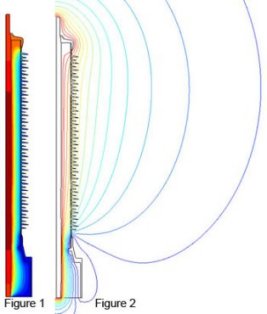
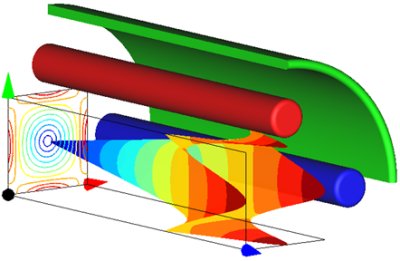
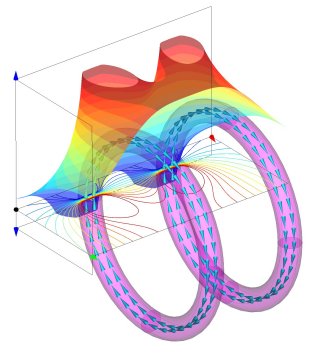
.gif)
